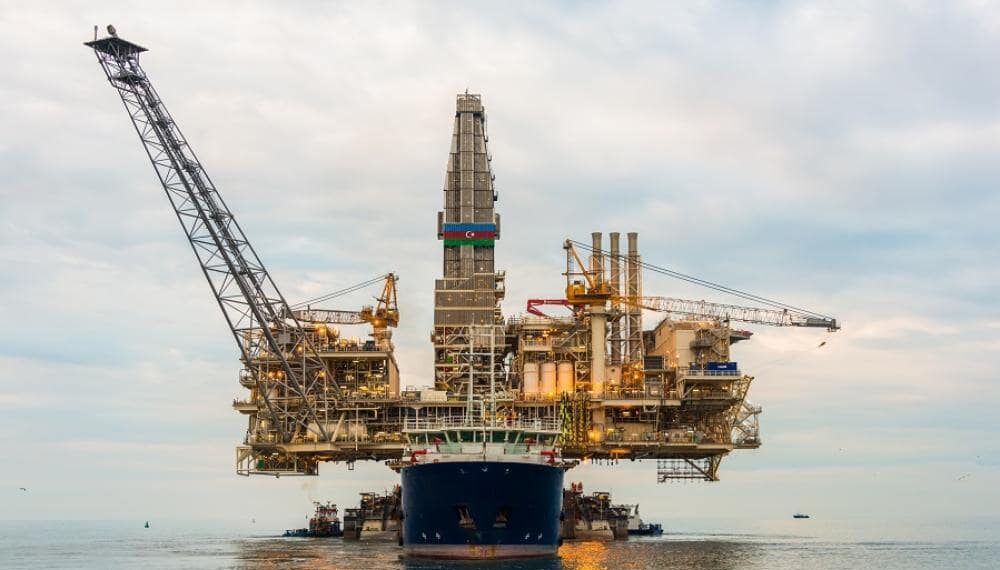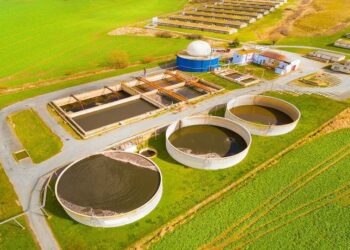NOV’s Subsea Production Systems business unit signed a contract in March with an undisclosed customer to deliver an actively heated flexible pipe system for a gas project in the Black Sea.
The company said it will supply its first active heated pipe system in 2025, introducing a proprietary technology of electrically heating the bore of the pipe through the resistance of the pipe’s inner carcass layer.
NOV’s heated pipe technology is designed to tackle wax and hydrate issues in subsea energy operations. This method is designed to eliminate traditional, costly, time-sensitive and potentially ineffective mitigation techniques, and it aims to offer a more compact footprint compared to other heating technologies.
The heated pipe system uses the properties of a standard flexible pipe. It aims to increase operational flexibility, reduce costs, prevent or remove hydrate plugs, and facilitate transporting viscous fluids over long distances. This technology comes with standard power components, which the company says results in lower installation, lifetime and operational costs than other similar technologies on the market. The electrical current passes through the inner stainless steel carcass layer and returns via the metallic armor layers.
“The original idea for this technology came from our engineers, who realized that conventional unbonded flexible pipe in its nature is also a coaxial cable, with its mixture of metallic and polymeric layers,” said Jan Rytter, R&D director with NOV’s SPS. “Dissipating the heat directly in the bore, like your electric kitchen kettle, brings maximum energy efficiency.”
Torbjörn Weywadt Nilsen, vice president sales, NOV’s SPS, added, “Our solution operates 50% more efficiently than traditional methods, delivering targeted heating only when needed, without requiring additional insulation or modifications to the flexible pipe design.”



















































